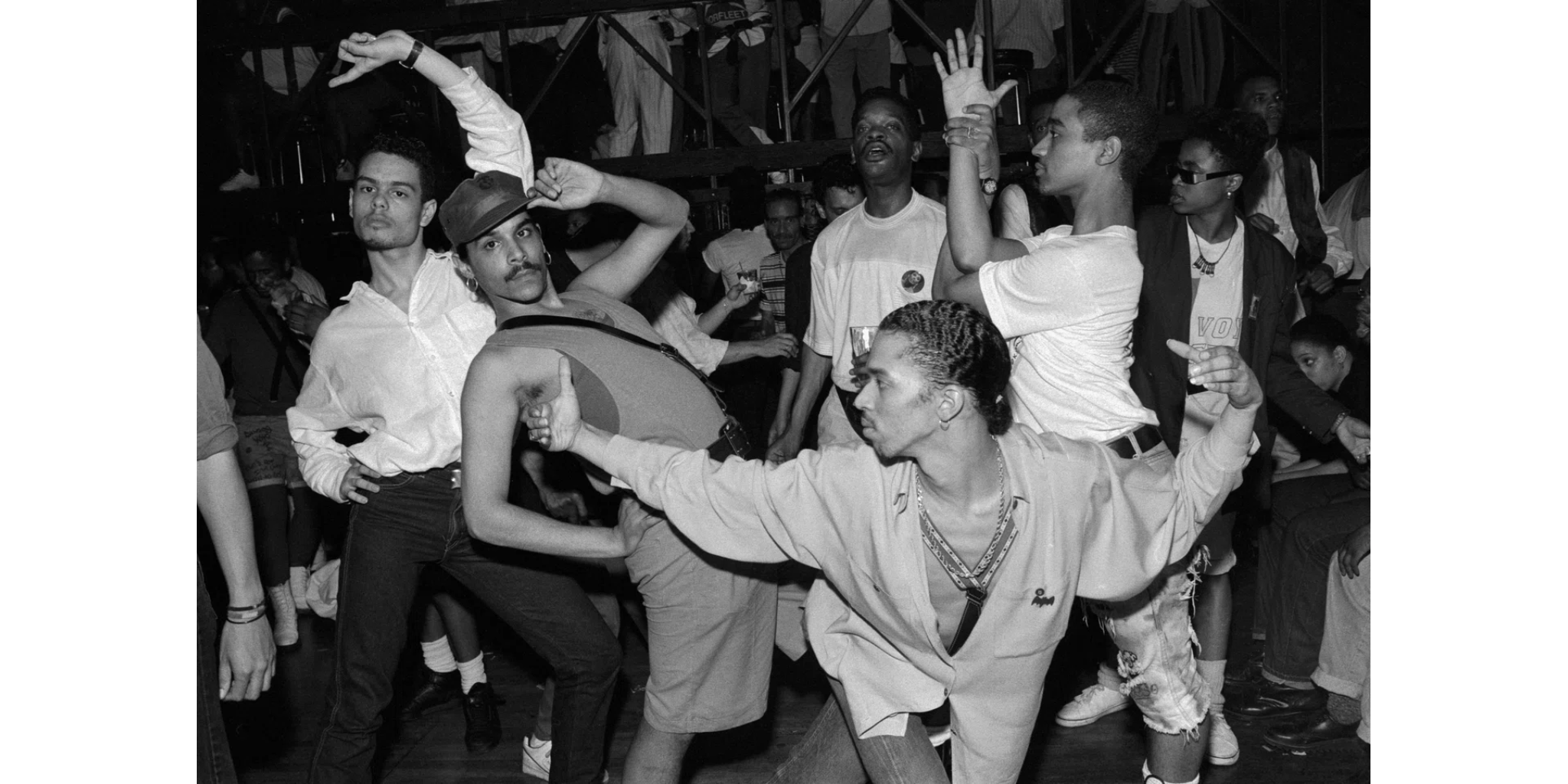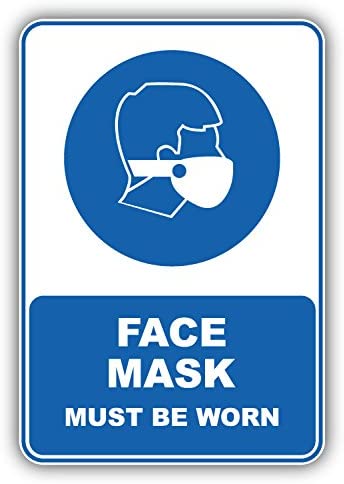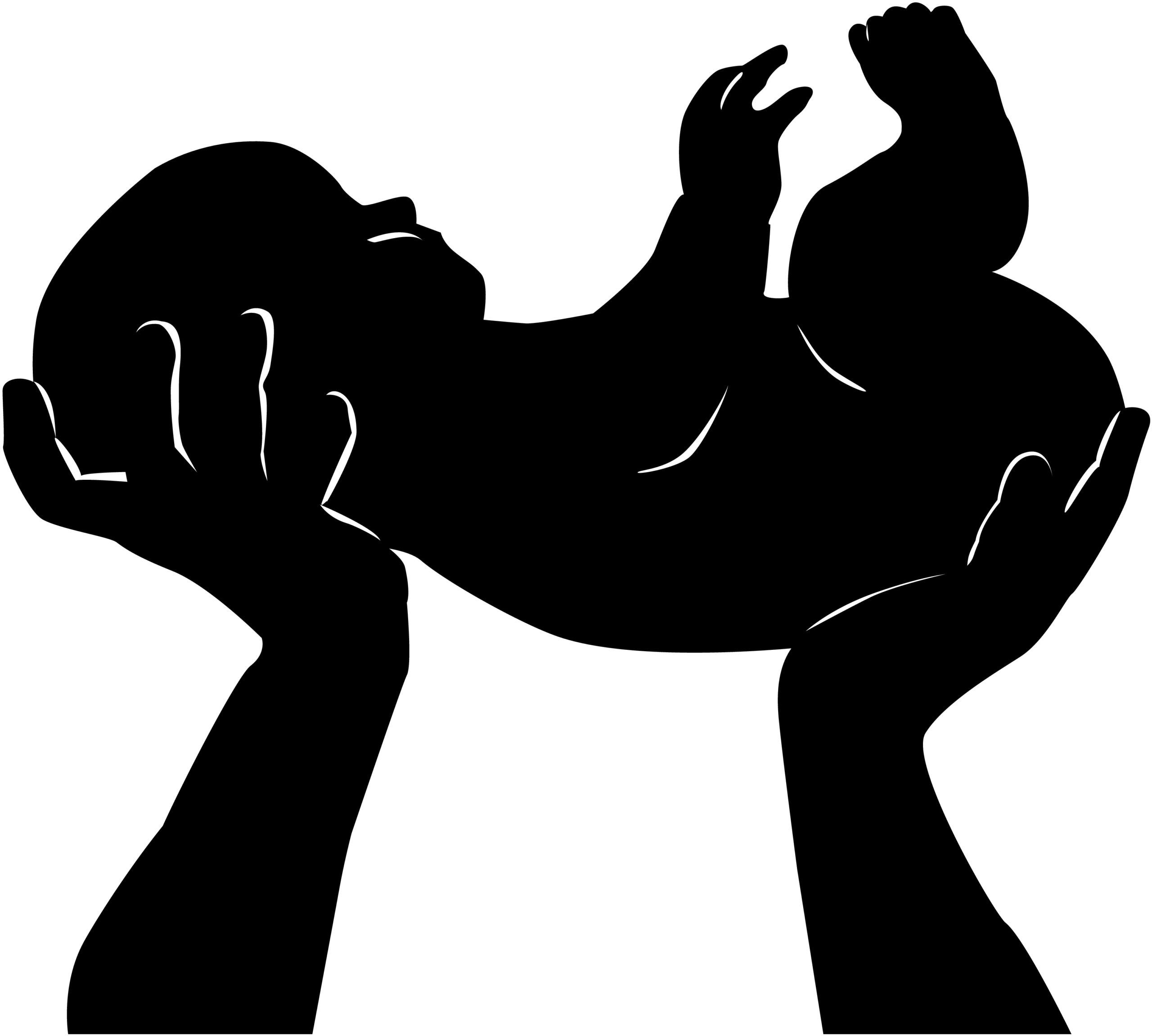
Photo courtesy of: GRAYAREA.CO
In honor of Black History Month, let’s give props to the Black & Brown members of the gay community and one of their many contributions to the world… HOUSE!!!
House music is a genre of electronic dance music that originated in the African American and Latino LGBTQ+ communities of Chicago and New York City in the early 1980s. It is characterized by a four-on-the-floor beat, repetitive synthesizer bass lines, and vocals that often express themes of love, unity, and self-expression.
House Music: A Soundtrack of Liberation and the Power of the Gay Community
House music – its pulsating rhythms, synth-driven melodies, and themes of love and togetherness – has been a driving force in dance culture for decades. But the roots of this beloved genre run deeper than just its infectious beats. House music is fundamentally intertwined with the history and struggles of the LGBTQ+ community, particularly gay men of color. Its origins tell a story of resilience, creativity, and the undeniable power of marginalized voices shaping a sound that would reverberate across the globe.
In the Heart of the Disco Backlash
To understand the genesis of house music, we must revisit the turbulent era of the late 1970s. Disco, with its flamboyant celebration of sexuality and its embrace by the gay, black, and Latino communities, became a target of a cultural backlash. This culminated in the infamous “Disco Demolition Night” in Chicago, a spectacle of homophobia and racism that sought to destroy this empowering musical movement.
Sanctuary in the Clubs
Against this backdrop, underground clubs like The Warehouse in Chicago and the Paradise Garage in New York became vital sanctuaries for those marginalized by mainstream society. These spaces – primarily frequented by black and Latino gay men – fostered a sense of belonging and freedom of expression that was all too rare. DJs like Frankie Knuckles, “The Godfather of House”, Ron Hardy, and Larry Levan began experimenting with stripped-down disco, incorporating electronic elements and drum machines to create a raw and fresh sound.
Innovation and Expression
House music was a form of liberation, a musical response to the oppression faced by the LGBTQ+ community. It embraced elements of gospel, soul, and funk, often incorporating uplifting vocals preaching messages of love, unity, and self-acceptance – themes sorely needed in the face of the AIDS crisis unfolding at the time.
House music also became intertwined with the rise of voguing and ballroom culture, providing a soundtrack to these vibrant expressions of queer identity and creativity. These scenes offered a safe space for individuals to explore gender, sexuality, and self-expression in a supportive environment.
From the Underground to Global Phenomenon
House music eventually crossed over from its underground origins to international acclaim. Its hypnotic rhythms and inclusive messaging attracted an ever-expanding audience, shaping global dance music culture for decades to come. The genre’s influence can be heard across popular music, from pop to hip-hop to electronic dance music subgenres.
Lessons of Resilience and Artistic Power
The story of house music is one of resilience. Born out of a desire for safe spaces, community, and self-expression, it became a powerful force for change and acceptance. It’s a reminder that marginalized voices, when given the room to create and express themselves, can shape culture in profound ways. The story of house music is, and always will be, the story of the LGBTQ+ community finding their voice and their place through music.
House music’s legacy continues to inspire and empower. Its spirit of inclusion and celebration welcomes everyone to the dance floor, regardless of background, identity, or orientation. That spirit is perhaps the most important lesson of all – the enduring power of music to bring people together and create moments of pure joy.

 Freelance writer of Entertainment, Music, Art, Culture, Fashion and Current Events, and previously for SoulTrain.com, NDigo.com, ChicagoDefender.com, EmpireRadioMagazine.com, and UrbanMuseMag.com. In addition, he’s an Author, Singer/Songwriter, Actor, Model, Poet, Dancer, and DJ. He is also the Owner of Pinnacle Entertainment Productions and the Owner/Publisher of GO BANG! Magazine. Follow him on Facebook @Pierre Andre Evans, Twitter @Playerre, on Instagram @Pierre_Andre_Evans.
Freelance writer of Entertainment, Music, Art, Culture, Fashion and Current Events, and previously for SoulTrain.com, NDigo.com, ChicagoDefender.com, EmpireRadioMagazine.com, and UrbanMuseMag.com. In addition, he’s an Author, Singer/Songwriter, Actor, Model, Poet, Dancer, and DJ. He is also the Owner of Pinnacle Entertainment Productions and the Owner/Publisher of GO BANG! Magazine. Follow him on Facebook @Pierre Andre Evans, Twitter @Playerre, on Instagram @Pierre_Andre_Evans.








